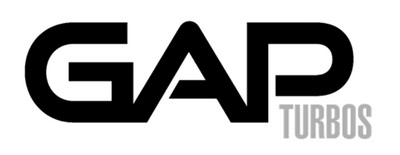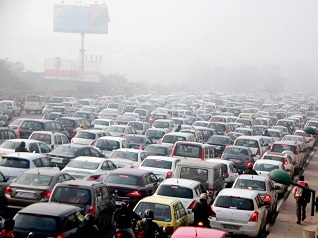No products in the basket.
Do I Need My DPF Cleaning?
What is a DPF?
Diesel particulate filters are emission control devices designed to clean the exhaust emitted by the vehicles’ diesel engines. In a diesel particulate filter (DPF), exhaust gasses pass through the open end of a channel and at the opposite end is a plug that forces the gasses through the porous channel wall allowing the exhaust to escape through the neighbouring channel wall trapping as much as 90% of the solid particulate matter.
Many vehicle dealers imply that all that is needed to keep the DPF clean is to hit the vehicle’s “regeneration” button. While the regeneration cycle is necessary and will burn much of the accumulated particulate matter, non-combustible materials trapped in the filter will still be left in the DPF, this remaining residue creates back pressure that will eventually lead to increased regeneration downtime, loss of horsepower, reduced fuel economy, filter damage and ultimately engine damage.
How do I service my DPF?
Regeneration is only a temporary measure in cleaning the DPF and eventually you’ll need to look at a better solution. There are many sprays, fluids and additives which claim to aid the cleaning of the diesel particulate filter – however this is not a guaranteed service – they may help unblock a DPF, but if the DPF is clogged with Ash rather than Soot then it’s unlikely that they will help at all.
So if your DPF cannot be fully cleaned with these additives, your next steps are either getting it professionally cleaned or completely replacing the DPF which can be very expensive.
GAP Turbos Professional Cleaning Process
At GAP Turbos we have a standalone machine which cleans the DPF to extraordinary levels – with a 95% success rate. This is done by removing the DPF from the vehicle and placed into our DPF cleaning machine, and then a 5 stage cleaning process takes place;
- First internal check inside the DPF with an endoscope camera
- Clean the DPF via a chemical solvent flush
- Warm water de-greasing flush
- Warm air dry
- Final internal check the DPF with an endoscope camera
This process can be done by just sending your DPF to us once it’s removed from the vehicle – we can arrange free collection of the unit and then delivered back to yourself free of charge all for £100.
Alternatively if you are local, we can remove the unit from your vehicle, clean the DPF and fit it back on to your vehicle (in our in-house Birmingham workshop) for only £175. If we do fit the DPF back on to the vehicle we also do some additional checks;
- Fault code checks
- 10 mile road test
Find out more about our process here
Should I replace my DPF?
Having your DPF professionally cleaned restores the unit to pretty much its original state and it’s a much cheaper option than purchasing a brand new DPF for your vehicle(as this could cost more than £1000 to replace). We cannot state how long the DPF should last once it’s been cleaned, or until you need to do it again – as it depends on driving styles, different vehicles and the journeys that the car is doing, however our cleaning services comes with a 12 month ‘no quibble’ guarantee.
Ultimately, the choice is yours – however we believe our DPF cleaning service is extremely good value at only £100, rather than having to replace the unit which could cost you 10x the amount we charge for cleaning it.
If you would like to discuss this in further detail, or arrange your DPF to be cleaned please contact us on 0121 459 8170 or email us on sales@gap-turbos.com






 GAP Turbos are specialists in New Daihatsu Turbos, Daihatsu turbo replacement, Daihatsu turbo repairs, Daihatsu turbo reconditioning,
GAP Turbos are specialists in New Daihatsu Turbos, Daihatsu turbo replacement, Daihatsu turbo repairs, Daihatsu turbo reconditioning,  GAP Turbos are specialists in New Citroen Turbos, Citroen turbo replacement, Citroen turbo repairs, Citroen turbo reconditioning, and Citroen turbo rebuilds.
GAP Turbos are specialists in New Citroen Turbos, Citroen turbo replacement, Citroen turbo repairs, Citroen turbo reconditioning, and Citroen turbo rebuilds.  GAP Turbos are specialists in New BMW Turbos, BMW turbo replacement, BMW turbo repairs, BMW turbo reconditioning, and BMW turbo rebuilds.
GAP Turbos are specialists in New BMW Turbos, BMW turbo replacement, BMW turbo repairs, BMW turbo reconditioning, and BMW turbo rebuilds.  GAP Turbos are specialists in turbo repairs, we can repair your existing turbocharger with fast free delivery
GAP Turbos are specialists in turbo repairs, we can repair your existing turbocharger with fast free delivery